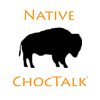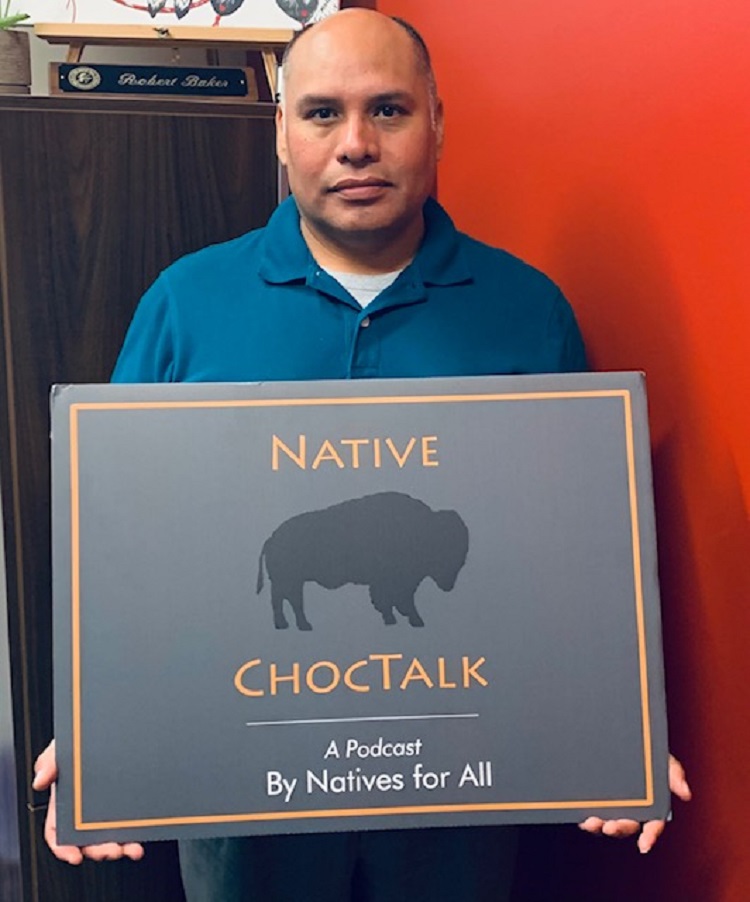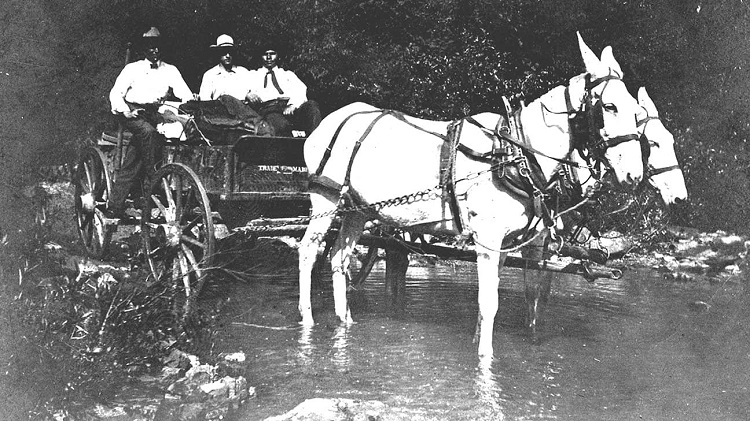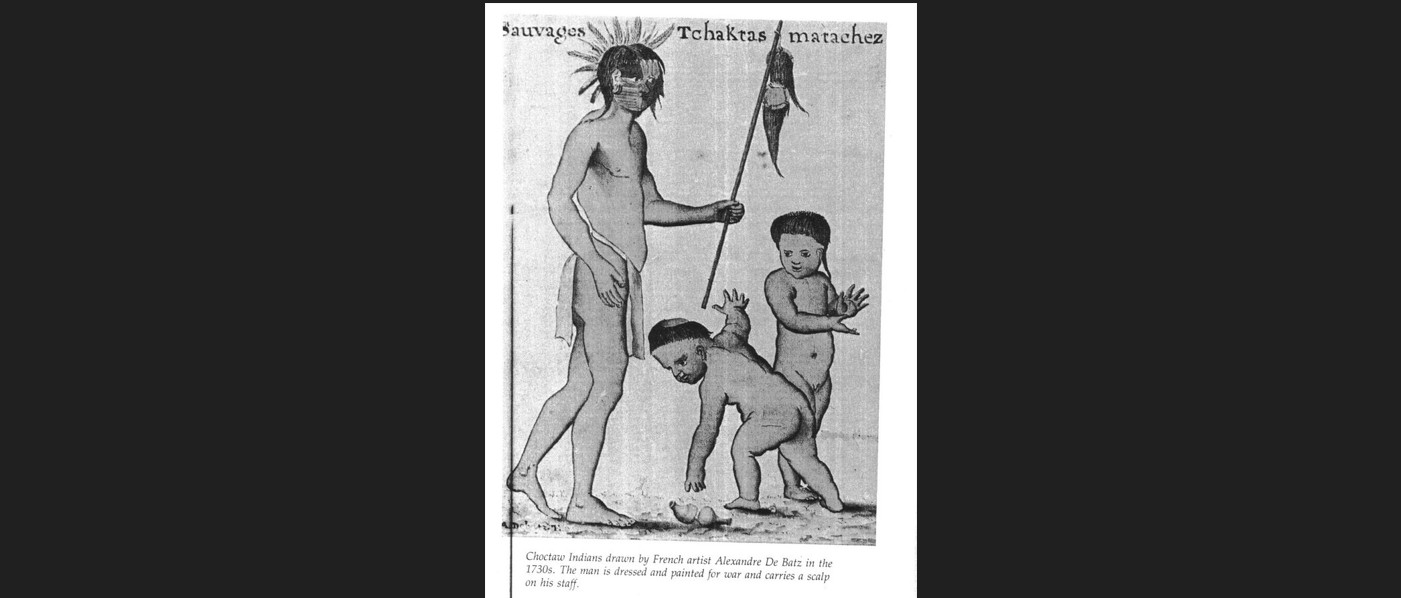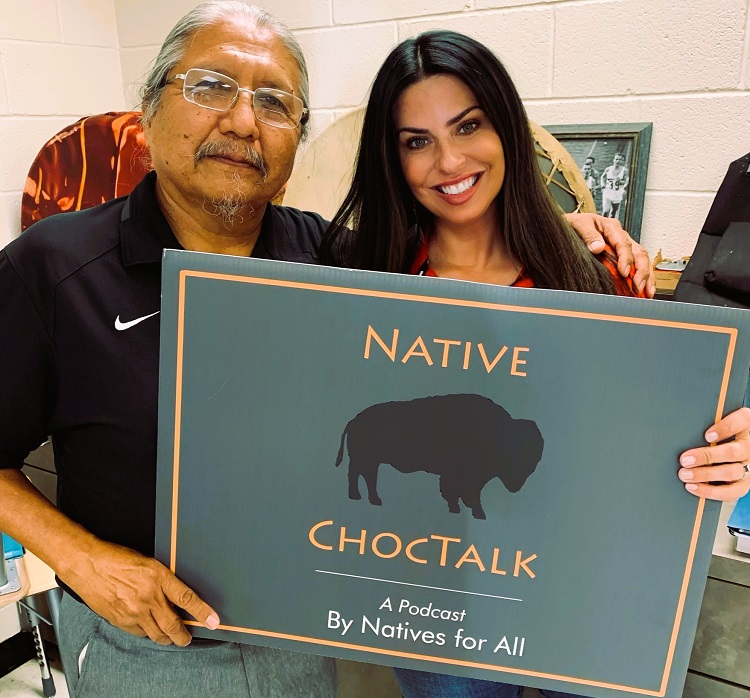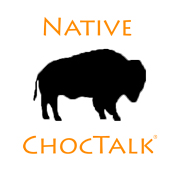Welcome to Native ChocTalk
Native ChocTalk Present: Part 2 of “A Fascinating New Look at Our Choctaw History by the Decade: Megan Baker (Choctaw), Historic Preservation Dept., Choctaw Nation of Oklahoma”
Most people have heard of the Removal, or what's called, "the Trail of Tears", in which our Indigenous people were removed from their lands beginning in the early 1800s and were relocated to Indian Territory (now Oklahoma).
The Choctaw were the very first to make the trek from Mississippi to their new home. The journey was deadly for some. Many of our people passed away due to harsh weather conditions, illness, starvation, and at the hands of the soldiers who were transporting them.
But what happened next, once the Choctaw arrived in Indian Territory? And what became of the Choctaws who refused to be removed and to those who ran away into the swamps to hide?
These questions have come to my mind over the years, and I’ve found answers here and there, but I needed to learn more. And not only that, I’ve probably pondered hundreds of other questions too.
Enter Megan Baker.
Although Megan may not realize it, she’s my new best friend in all things Choctaw history and has graciously put up with the many – ok, hundreds – of questions I’ve sent her way (yakoke for putting up with me, Megan). By the way, I don’t just like her for her history expertise – she’s also equal parts really cool AND a level 5 history nerd like me (only she’s actually getting her PhD in the subject and all – ok maybe she’s a level 10).
Meagan is a Research Assistant for the Choctaw Nation of Oklahoma’s Historic Preservation department and is currently working on her PhD in Anthropology from UCLA. Her masters is in American Indian Studies from UCLA and she holds a Bachelor of Arts in Ethnicity and Race Studies from Columbia University. Yep, she’s definitely a level 20.
I’ve eagerly followed Megan’s monthly series in the “Iti Fabvssa”, a column in our Choctaw Nation’s Biskinik paper for quite a while, soaking in our history that she has tirelessly broken out by decades. But not only that. She has studied thousands of original documents, records and accounts by the Choctaw themselves (not just the history books) to bring us a very different viewpoint than what we’ve heard before. So it was an honor when she agreed to join me in this special 2-part Native ChocTalk episode.
Did you know….
- Life for the Choctaw wasn’t all rosy once they settled into their new land? Not surprisingly, they were placed into the lands of the Caddo, Osage and Comanche. So naturally, villages were raided, cattle was stolen and yep, life was pretty scary and contentious.
- That Mark Twain met Chief Peter Pitchlynn?
- Choctaw coal mining used to be a big deal in Oklahoma?
- 9 TONS of Choctaw records were purposely destroyed (does it make you want to cry too)?
After listening to this episode, who else wants to watch Megan roller skate to work? Let me know!
Whether you are Native or non-Native, if you love history, but want to see it in a new light, you’ll love this conversation too!
So please join Megan and me in this journey through each decade with the Choctaws after their removal to Indian Territory. And yakoke to Megan for her hundreds of hours of research that came in handy when I asked my yhundreds of questions – keep up that great work for our tribe and for future generations to come!
Native ChocTalk Facebook page: https://www.facebook.com/nativechoctalkpodcast
All Podcast Episodes: https://nativechoctalk.com/podcasts/
